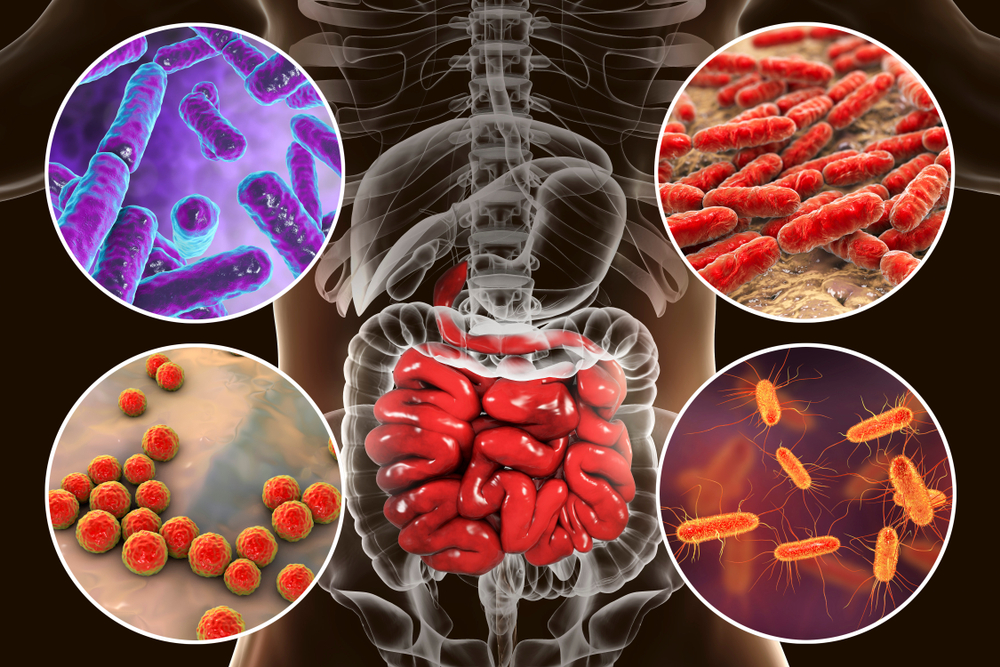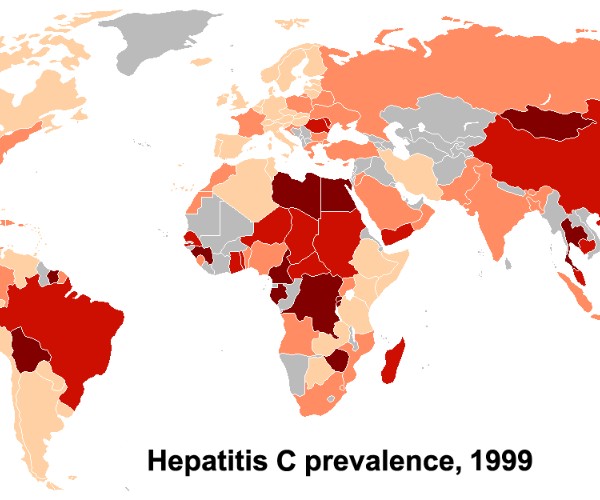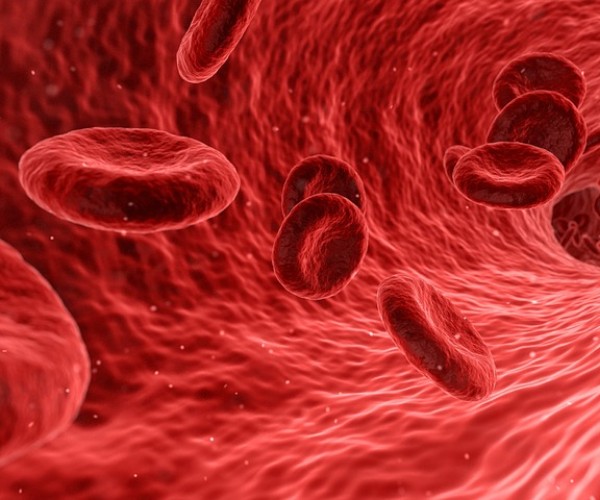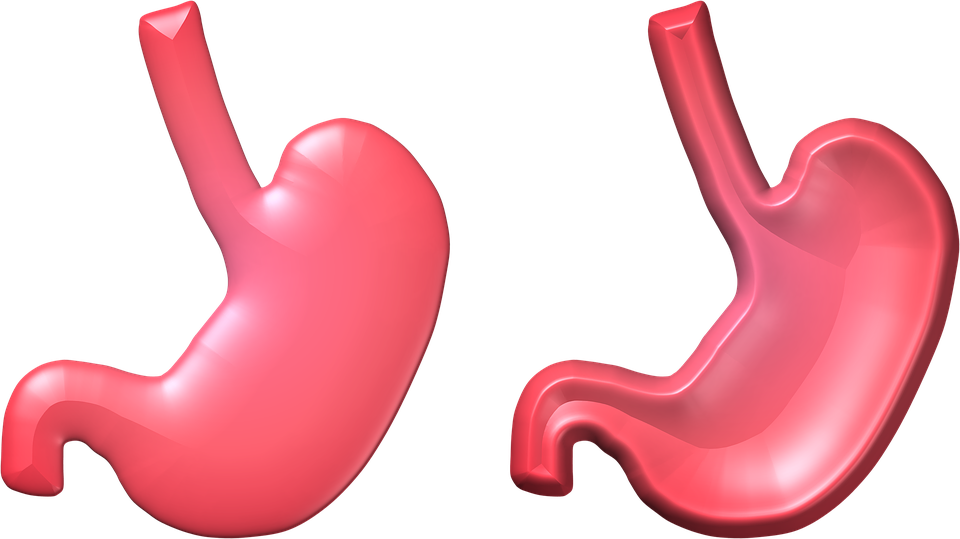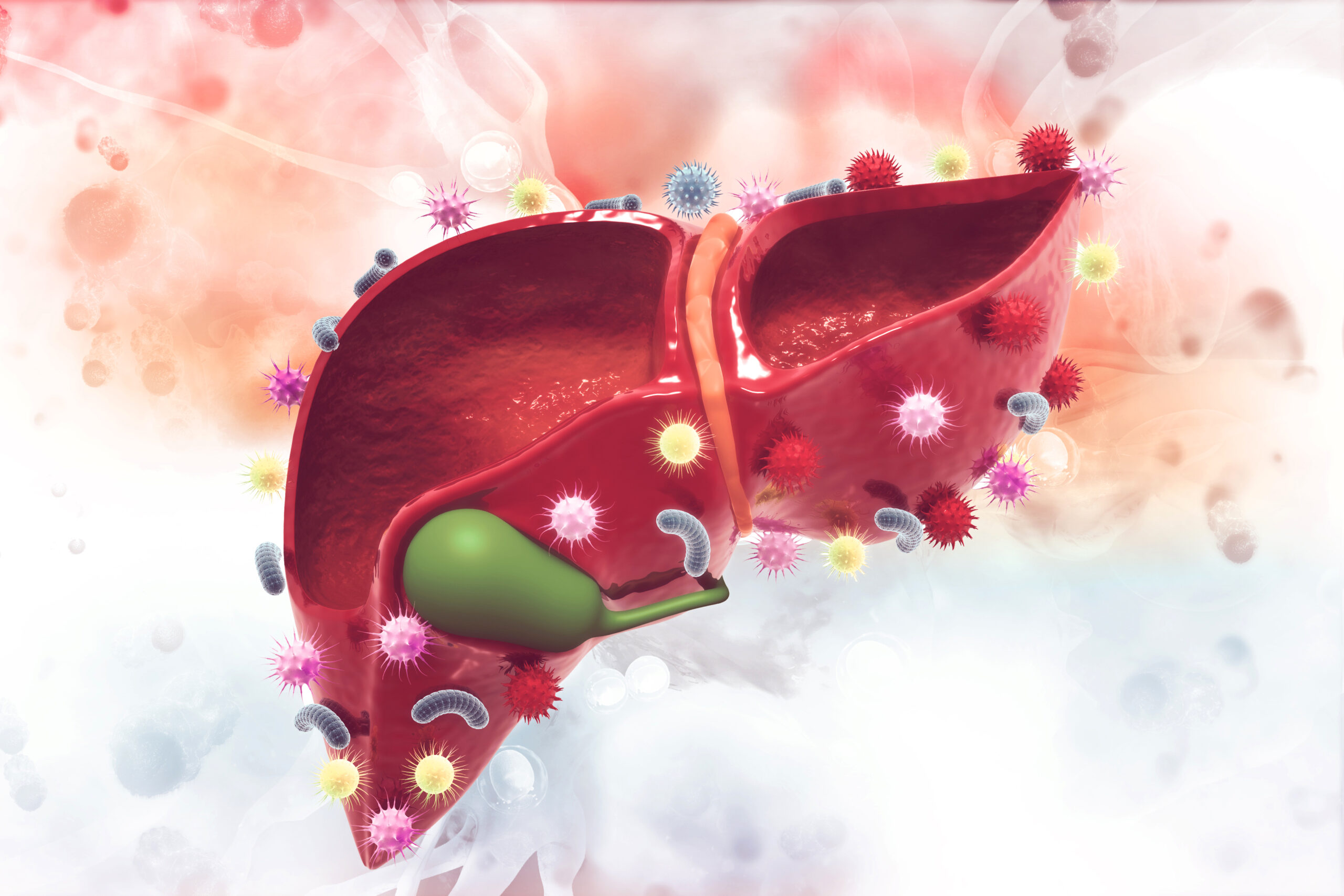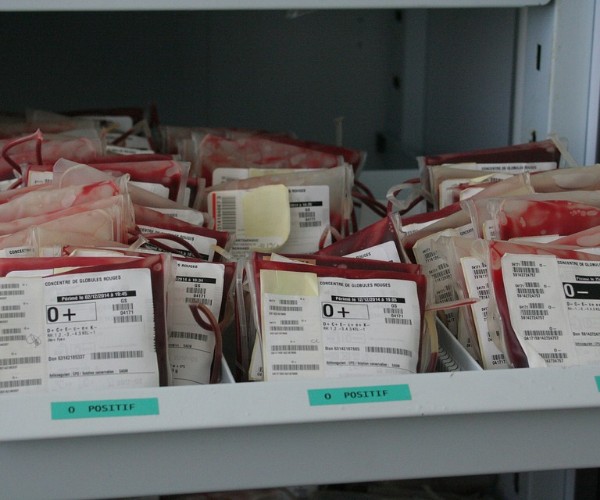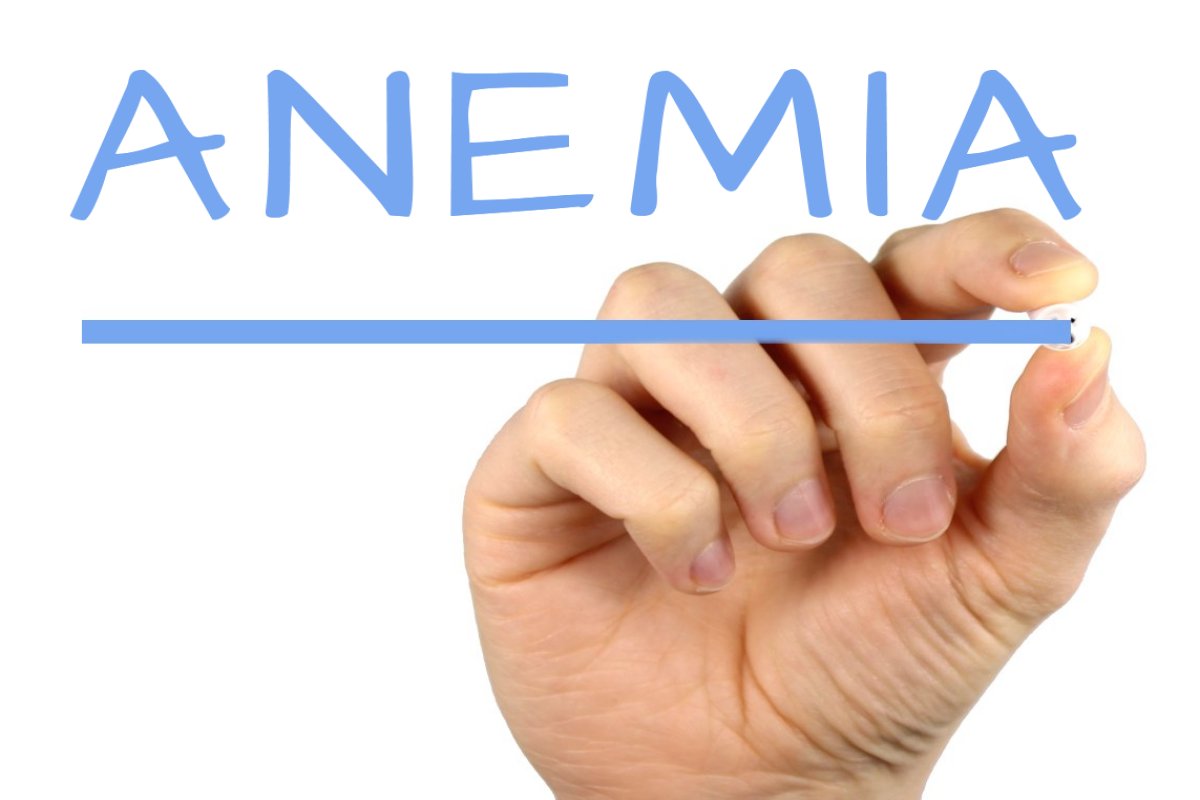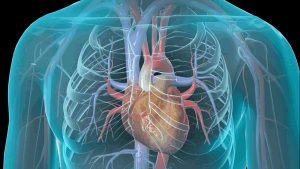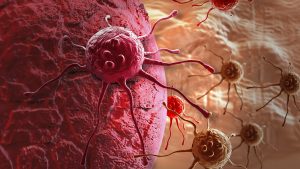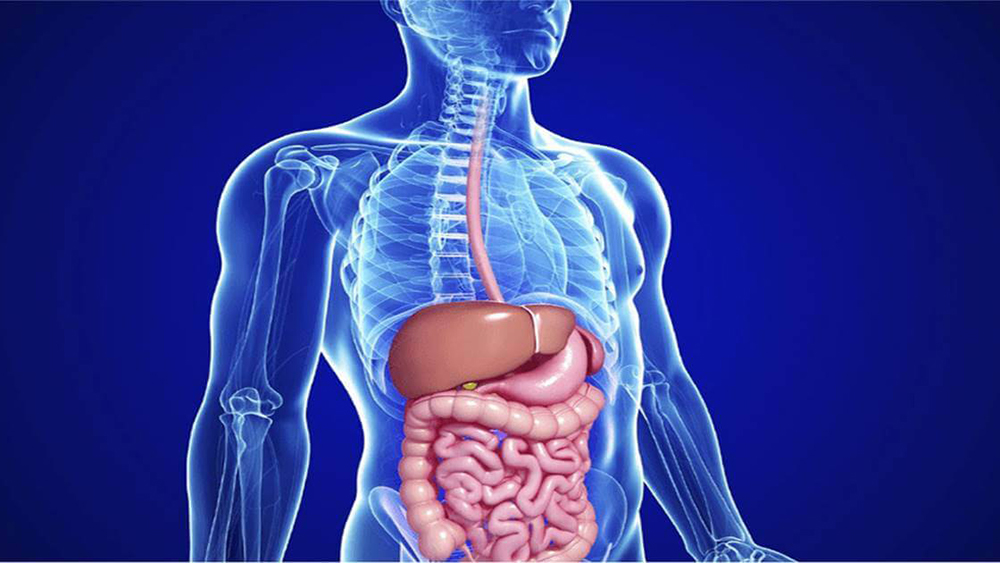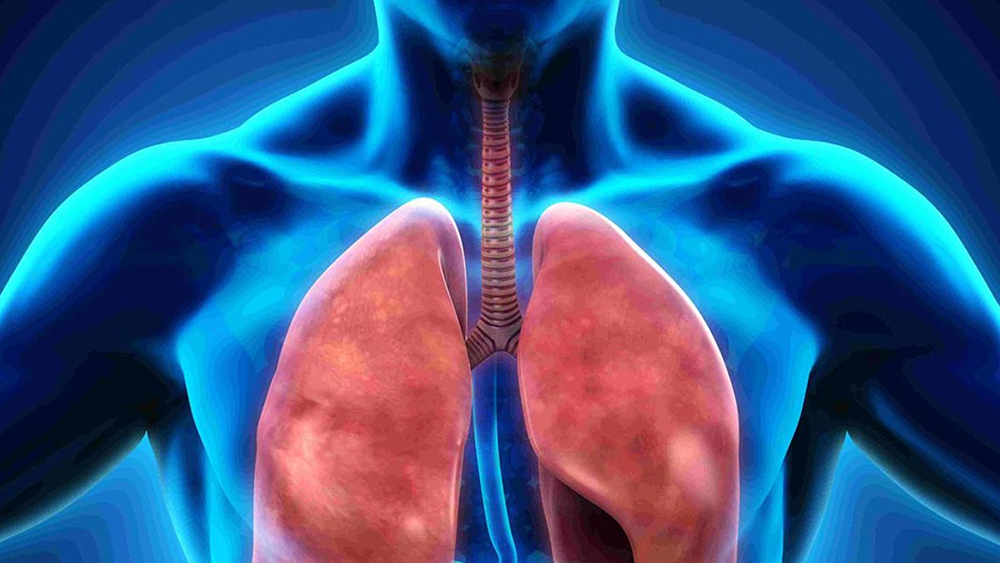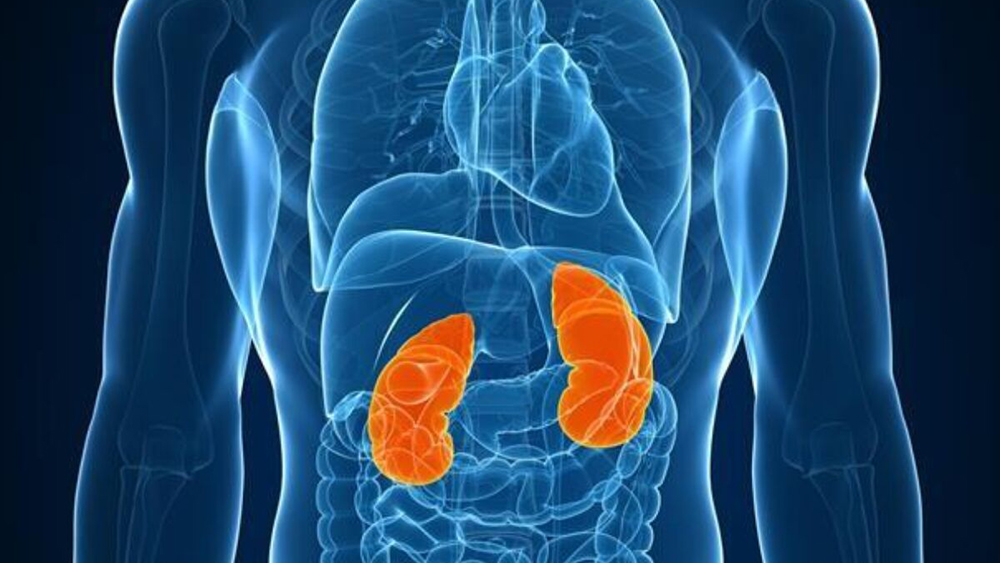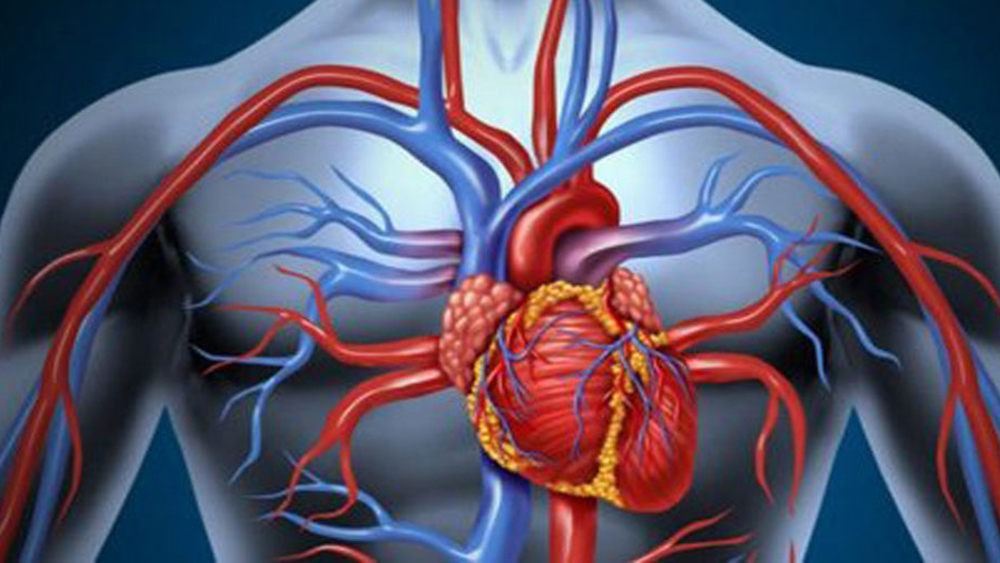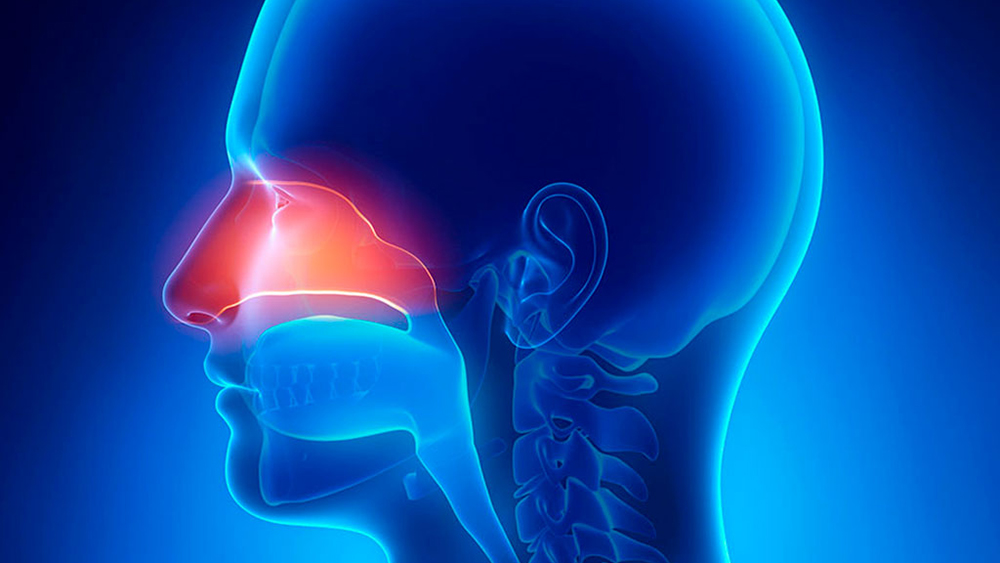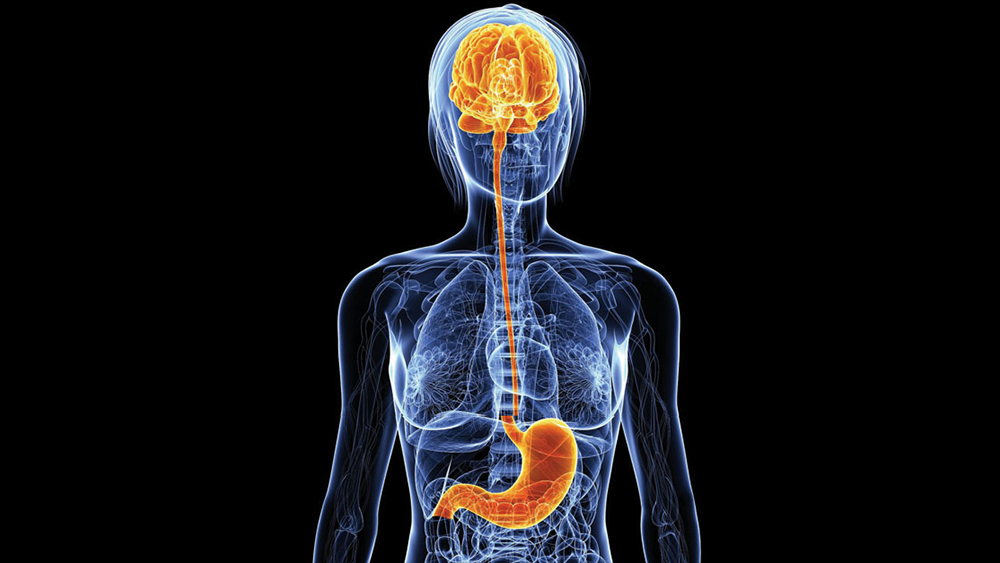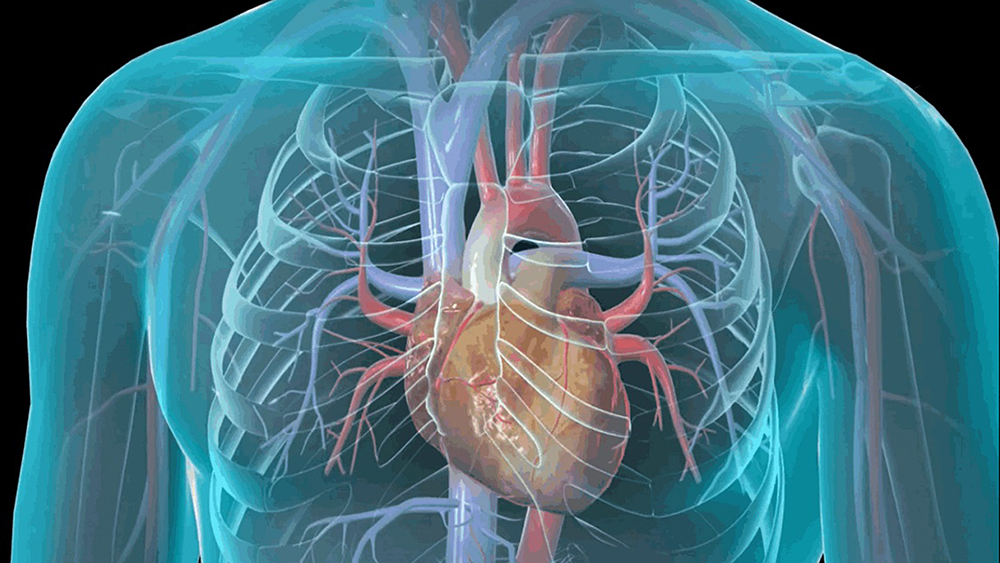As Italy prepares to introduce the “Sugar tax,” not only to balance the state budget but also with a view to discouraging the intake of beverages (and foods) containing excess sugar and calories, U.S. pediatricians are wondering about the possible health effects of the growing number of artificial sweeteners used as substitutes by the food industry and consumed in increasing quantities by children. Consumption of which, often, parents are not fully aware, since sweeteners are listed by law only in the list of ingredients (which not everyone reads and in any case written in microscopic characters), while the “reduced sugar content” that everyone likes is always made explicit in clear letters on the packaging and in advertising claims, leading to an interpretation, if not fallacious, at least partial and somewhat distorted of the characteristics of the product being purchased.
But is there really anything to fear when it comes to artificial sweeteners approved for food use by the Regulatory Agencies (i.e. the Food and Drug Administration – FDA in the United States and theEuropean Food Security Agency – EFSA in Europe) responsible for ensuring the safety and wholesomeness of substances used to produce food of any kind? In principle, no, because only compounds for which no indications of possible harm to the human body have emerged are allowed for food use. But it is precisely on this point that theAmerican Academy of Pediatrics – AAP does not agree much and would like a little more caution from everyone, institutions, manufacturers and parents. According to the Position statement published on this matter in the scientific journal Pediatrics, in fact, while for some sweeteners that have been in use for a longer time (saccharin, aspartame, acesulfame, sucralose) health criticalities from moderate consumption can be reasonably ruled out, for others of more recent introduction (such as stevia) the evidence supporting their total harmlessness is considered insufficient, especially with regard to the effects from prolonged use and especially in children.
Not only that. One aspect that the JPA believes should be investigated further concerns quantities because, as is known, any substance can result in extremely different effects in the human body depending on how much is taken in a single day and repeatedly on successive days for varying periods of time. This is also true of common sugar, which is a harmless and valuable source of ready-to-use energy for the muscles and brain when taken in low doses, but becomes an enemy of metabolic and cardiovascular health when consumed in excessive amounts, promoting-as is well known-conditions of overweight/obesity, insulin resistance and diabetes. Unfortunately, unlike other nutrients in foods, artificial sweeteners are not required to be labeled with quantities (absolute or percentage) per 100 grams or per serving of product, which prevents (the consumer and those who have to assess individual/population exposure levels) from knowing how much they are taking in through their usual diet.
Add to this that, contrary to what was initially assumed and touted, studies to date have indicated that consumption of artificial sweeteners in place of common sugar is not necessarily associated with weight loss unless their use is part of an overall healthy, balanced diet aimed at weight loss. Thus, opting for “low-sugar” or “zero-sugar” beverages or foods, per se, does not help counter the growing prevalence of overweight and obesity, either among adults or children.
Given these considerations, while not wishing to generate unreasonable alarmism, U.S. pediatricians believe that more in-depth studies need to be conducted to assess the long-term effects of different artificial sweeteners, including on children’s intake levels, and which parents should be better informed about the properties and, more importantly, the amounts of artificial sweeteners in commercially available industrial food products to support informed choices and avoid excessive intakes.
Source:
CM Baker-Smith et al. The Use of Nonnutritive sweeteners in Children – American Academy of Pediatrics (AAP) Policy Statement. Pediatrics 2019;114(5):e20192765; doi:10.1542/peds.2019-2765(www.aap.org/en-us/about-the-aap/aap-press-room/Pages/American-Academy-of-Pediatrics-Looks-at-Use-of-Nonnutritive-Sweeteners-by-Children.aspx; pediatrics.aappublications.org/content/early/2019/10/25/peds.2019-2765)











